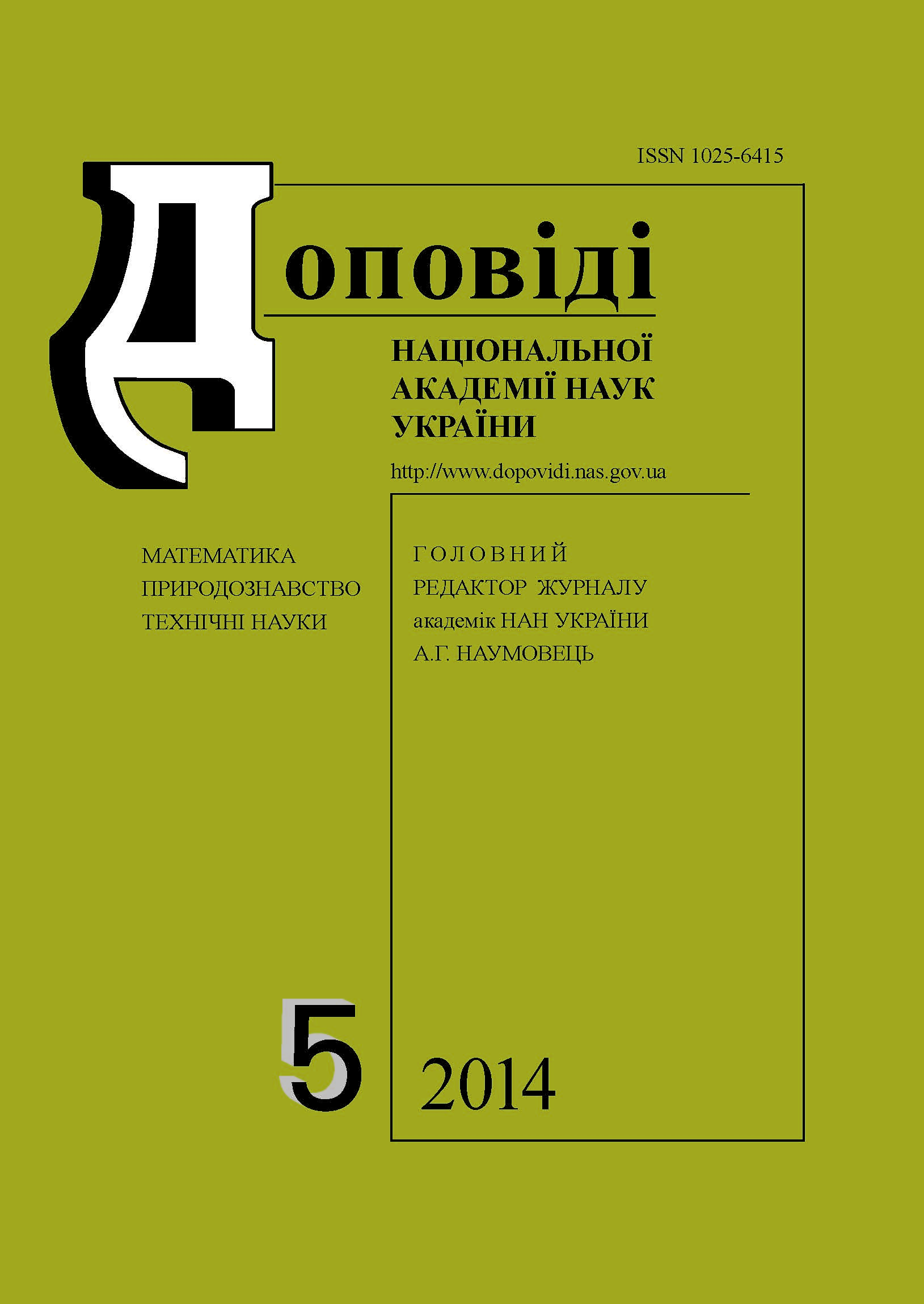Dynamic simulation of statistical distributions of the air temperature by using the Ornstein–Uhlenbeck process and the Fokker–Planck equation
DOI:
https://doi.org/10.15407/dopovidi2014.05.095Keywords:
air temperature, Fokker–Planck equation, Ornstein–Uhlenbeck process, statisticsAbstract
Based on the analysis of daily air temperature anomalies in Kiev during the last century, it is found that the extreme positive anomaly naturally can reach +15.13 ºC, exceeding the observed maximum by 1º. The climate process was stable and not subjected to human-induced deformations. We propose a stochastic model of the dynamics of air temperature anomalies, which is built on the "Wiener walks" held under natural climatic boundaries of the Ornstein–Uhlenbeck process.
Downloads
References
Gikhman I. I., Skorokhod A. V. Theory of random processes. Vol. 1. Moscow: Nauka, 1971 (in Russian).
Stepanov S. S. Stochastic world. Retrieved from http://synset.com.
Bulashev S. V. Statistics for traders. Moscow: Kompaniia Sputnik+, 2003 (in Russian).
Downloads
Published
How to Cite
Issue
Section
License
Copyright (c) 2025 Reports of the National Academy of Sciences of Ukraine

This work is licensed under a Creative Commons Attribution-NonCommercial 4.0 International License.



